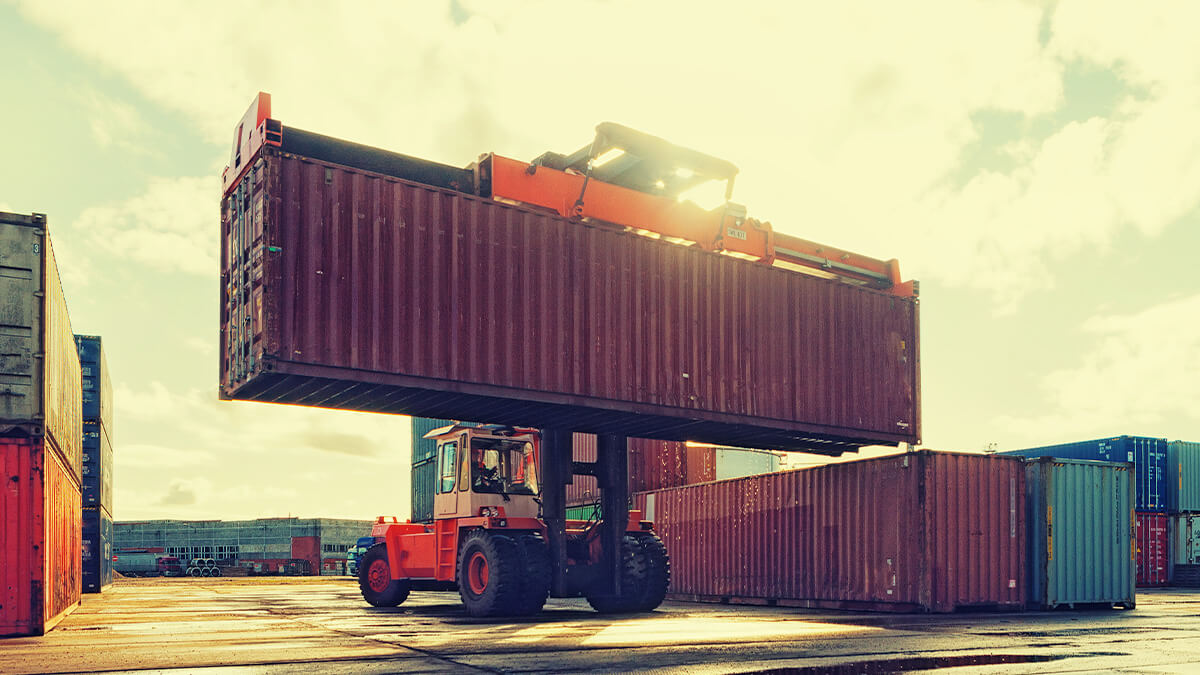
Most containers are transported by rail and ships, where they are lifted to and from these conveyances by giant cranes. That is one type of unloading of containers. However, in this posting, we will address the type that is equally important – the work of skilled lumpers who arrive at the warehouse or storage facilities after the containers have arrived to perform the specific task – unloading of containers. What this task entails, is far different than many might expect and involves skills, efficiency, and speed. This process, as every logistic overseer knows, is also key to the success of any supply chain. As such, it is not a job for unskilled labor who can provide little more than muscle. Instead, as container unloading is not a daily requirement, it is imperative to partner with a firm like Labor Loop which provides skilled lumpers as needed. Our experienced teams perform the required tasks to our clients’ satisfaction, then leave. This on-demand partnership has many benefits, chiefly reduced overhead costs, as demonstrated below.
When containers arrive at their destination, these goods must be unloaded correctly. At this time, lumpers inspect the condition of the cargo to ensure that no damages have occurred in transit. If such is the case, these asset losses must be isolated, and documented, and a report prepared so for the carrier’s insurance purposes. Based on the size of the container and the amount of goods it has transported, an amount of time for the unloading of containers is established. Throw an issue such as damages into this timeline, and only seasoned, skilled professionals can carry out the additional duties involved to document damages and keep them on schedule.
Transportation carriers, logistics, and warehouse managers all depend on lumpers to circumvent any and every possible issue that can arise and to quickly assess and resolve it. Their job additionally entails experience using equipment such as forklifts, ramps, hand trucks, and how to palletize, shrinkwrap, stack, and tie down cargo when loading as well as how to unload the goods in a precise order. This way the unloading of containers process goes faster, and more efficiently. Every operations manager who has tried to save a few dollars by diverting existing staff or by hiring unskilled labor has learned the hard way that this idea is short-sighted. Inexperienced workers take longer to perform the task, can damage cargo, and are more prone to injury, and their employer to liability lawsuits.
Instead, what the container unloading process requires is the skill provided by professionals. Partner with Labor Loop to deploy skilled lumper professionals on demand, and soon operations managers will see a reduction in overhead costs and an expedited supply chain. Learn more by contacting Labor Loop today!
